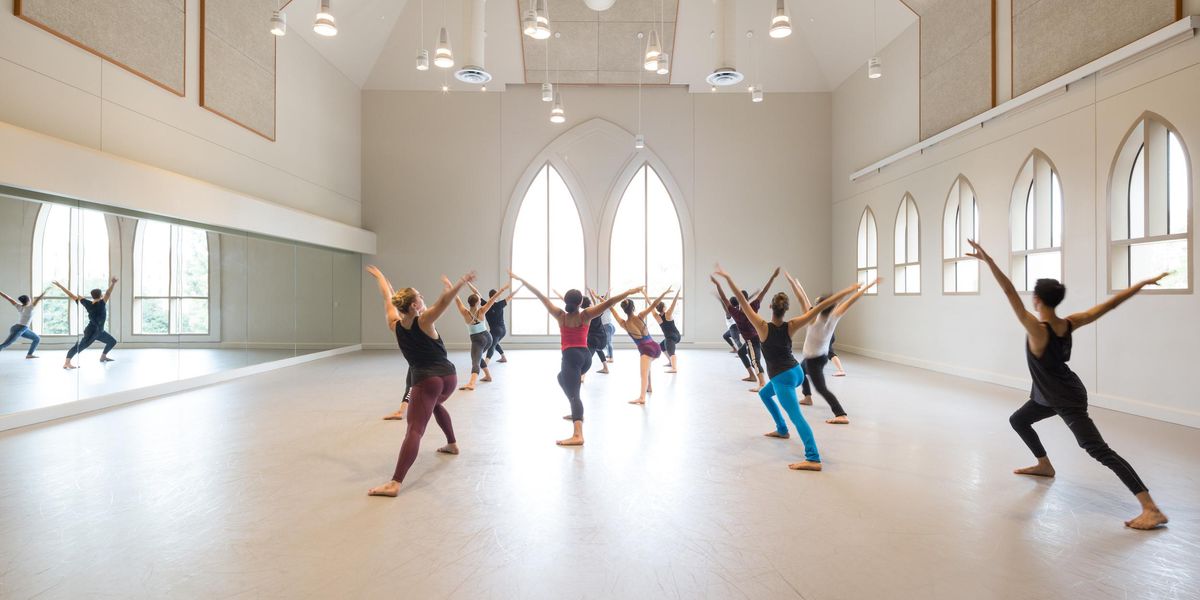Shobana Jeyasingh Dance
St. Mary’s Old Church
London, U.K.
June 29, 2012
Shobana Jeyasingh loves a challenge. Over the years, she has set dances in splashing fountains, massive public parades, and the foyer of an arts center; she also choreographed a piece about food and national identity, complete with recipes recited aloud.
As part of her company’s 25th-anniversary season, she has created a riveting work, only 20 minutes long, for presentation in five different churches. Co-commissioned by Dance Umbrella (London), La Biennale di Venezia (Venice), and Dansens Hus (Stockholm), the haunting TooMortal will eventually appear in all three countries, reconfigured for each unique space. Rather than site specific, Jeyasingh defines the dance as “site reactive.”
Its inspiration sprang originally from the 16th-century St. Mary’s Old Church in north London, where the plain boxed pews, six on either side of a short central aisle, sparked choreographic ideas of fluidity and constriction. As the small audience waited in that church, standing on the altar step facing the pews, six women suddenly surged upward from their hidden depths in a startling burst of energy. Splayed identically aross the pews’ dividing walls, face up, one limp arm dangling, they resembled corpses washed ashore or, just as easily, exhausted swimmers, freshly rescued.
All photos:
TooMortal at St George’s Church, Venice.
By Yaron Abulafia, courtesy Shobana Jeyasingh Dance.
Dressed in red tunics and maroon tights, two danced on one side of the aisle, four on the other, never leaving the confines of the high-sided pews. Sometimes they simply sat facing us, peaceful as nuns joined in contemplation. Sometimes their half-hidden torsos shifted from side to side in the pews as if moving on wheels. Sometimes the dancers stretched out on the walls or rolled over them to form tangled partnerships that dissolved almost instantly.
The chiming bells and whispering voices of the accompanying sound installation by Cassiel gathered speed as the piece progressed, adding urgency to the atmosphere. The women plunged into a canon of whipping heads and curving backs, tossing and pitching on an invisible, tempestuous tide. Each raised a leg parallel to the parapet, free from the restricting space but tightly controlled. In profile with their arms obliquely lifted, all sank slowly backward at once, buoyed only by their skill.
As a response to the architecture, the undecorated choreography echoed the old building’s gentle austerity and arching space. But the piece steered clear of specific religious overtones, never miming prayer, blessing or any recognizable sacrament. Bare of iconography, the dignified church demanded respect without forcing worship on those present. In the same way, the dance required our attention while leaving us free to discern physical images, spiritual references or whatever we wanted in its ebb and flow.
No one can predict how a different location will affect TooMortal’s beautiful shape or alter its compelling concision, but I intend to find out. Small dances that make such a profound impression don’t come along every day.




